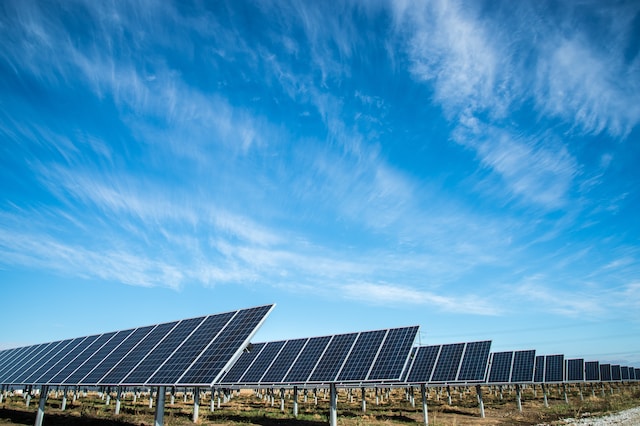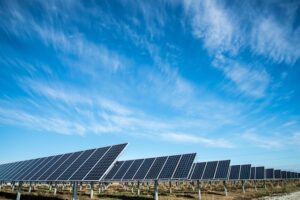Harnessing the Sun: 4 Challenges in Using Solar Power

With its promise of clean, plentiful energy, solar power has emerged as a top contender in the shift to a sustainable future. However, it does have a few hurdles to cross, before it dominates the energy space.
 Challenge 1: Consistent Exposure
Challenge 1: Consistent Exposure
The intermittent nature of solar power is one of its main issues. Solar panels typically produce electricity for 4 to 5 hours every day. According to statistical evidence, this sporadic nature presents a serious problem, especially at night or during certain seasons. Energy storage options, including cutting-edge batteries, are at the developing stage. However, we need more technology to work in the long haul.
Challenge 2: Cost Calculations
The cost of initial installation is another hurdle, however, it is gradually going down as a result of technological developments. In the United States, the average price for a household solar PV system in 2010 was about $7.50 per watt. According to data from the National Renewable Energy Laboratory (NREL), by 2020, this cost had decreased to $2.81 per watt. Government grants and subsidies also contribute to the increased accessibility of solar energy.

Challenge 3: Space Management
Because large-scale installations need a lot of room, land utilization might be an issue. This problem can be solved using novel strategies, such as mounting solar arrays on already-existing infrastructure. Furthermore, it can be expensive to transport energy from far-flung solar farms to urban areas. To make solar energy available, smart grid technology and improved power transmission are essential.
Challenge 4: Waste Management
Recycling and ethical procedures are being used to alleviate the environmental effects of the production and disposal of solar panels. However, recycling rates are rising, and typical crystalline silicon panels now include about 90% recyclable elements.
Despite these difficulties, continued technical developments promise greater effectiveness and reduced prices, making solar energy a more competitive and significant participant in our search for a cleaner, more sustainable future.